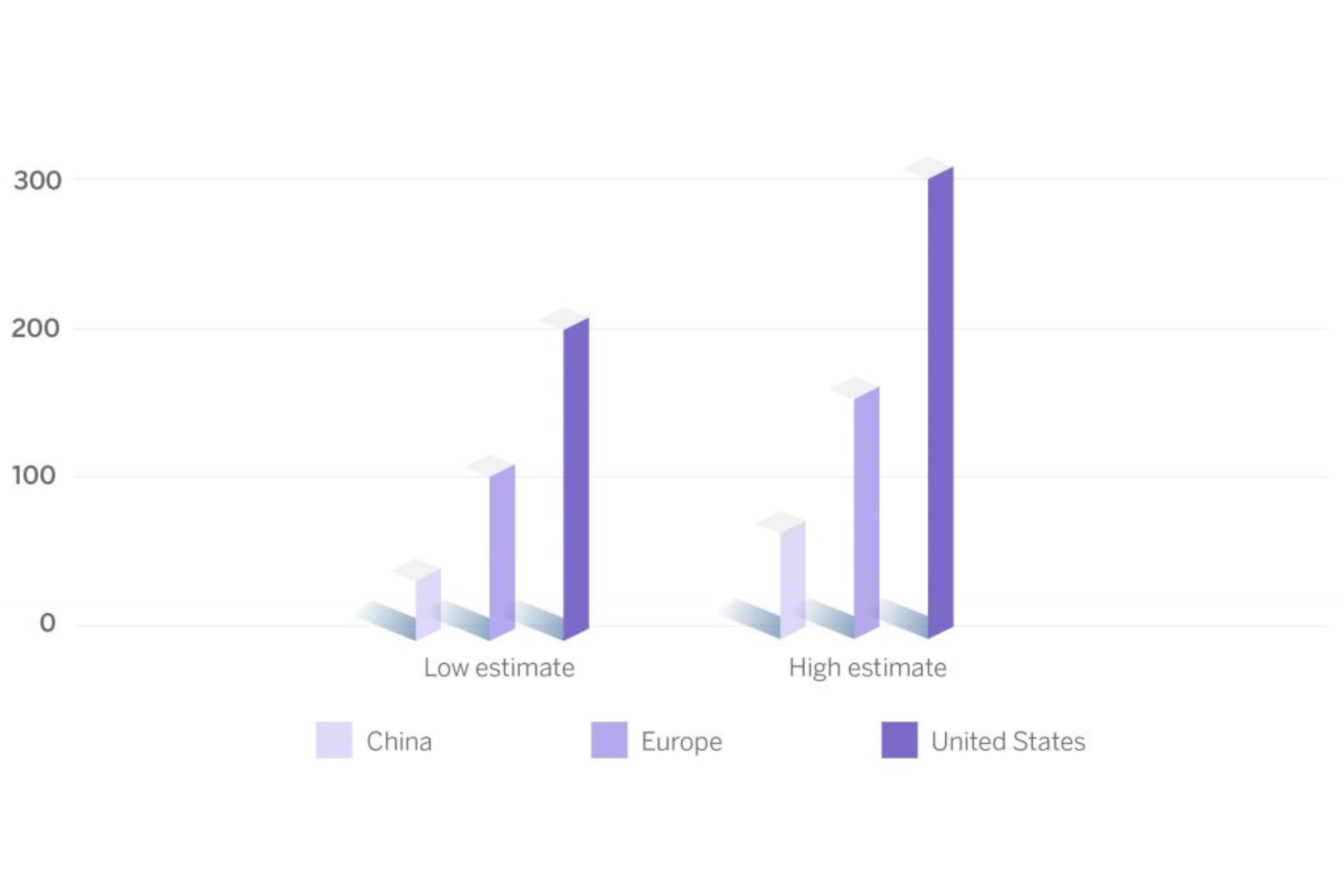16% of the global urban population already gets around using bicycles and scooters. By 2030, the market for this new and sustainable micromobility will be worth $440 billion. Meanwhile, public transport is moving forward to be more electric, clean and autonomous.
Bern is not Copenhagen, nor is it Amsterdam. Its streets are not filled with bicycles, and two wheels are not particularly popular among its inhabitants: 15% use a bike as their usual means of transport, the European average. However, the capital of Switzerland is listed in the Global Bicycle Cities Index as one of the 10 most cyclist friendly cities in the world. The quality and safety of its bike lanes, the good availability of bike-sharing services (bike sharing) and its regular car-free days, closing many of its streets to traffic, place it near the top of this ranking.
While the world is looking for alternatives to petrol-powered cars, cities are devising solutions to reduce car dependency. In plans to move towards a cleaner and more sustainable future, the bike plays an important role. But, like in Bern, it's not all about pedaling. We analyze the main trends in micromobility and public transport on the planet.
Bike sharing integrated into the transport network
Shared bicycle systems, where citizens pay for use and only access the bike when they need it, are already common in many cities. But in Bern (which has 2,400 electric bikes and 200 parking points), they have put a new spin on the concept of bike sharing. There, the cycling infrastructure is integrated into the public transport app, so users can plan their routes by combining, for example, bus and bicycle, and they can also pay for the service with their public transport pass. Other cities, such as Toronto or Barcelona, have integrated their bike sharing network into Google Maps, making it even easier to use.
The boom in micromobility as a service
When Horace Dediu first used the term micromobility in 2017, the concept had been taking shape in some cities for some time. This word groups together all the solutions to the so-called last mile problem of personal transport, especially in cities with a high population. These solutions have taken the form of very light vehicle services such as electric scooters, shared bikes and electric pedal assist bikes, among others.
Micromobility has ended up leading to a new mobility as a service (MaaS) market that is continuing to grow and is completely transforming cities. According to global consultancy firm McKinsey, 16% of the global urban population is already travelling using micromobility platforms, and more than half of the people who are currently traveling by car are interested in these new options to get around the city. According to the consultancy firm, the value of the global micromobility market will rise in the coming years, from the current $180 billion to $440 billion in 2030.
Urban mobility hubs
In view of the growth in shared mobility services, the need to strengthen public transport and the emergence of new private means of transport (such as electric cars and motorcycles), in recent years, some cities have taken steps to reorganize urban traffic, creating mobility hubs connecting all transportation systems. In Los Angeles, for example, several pilot projects have been launched in which public transport stations are equipped with shared bike and scooter points and have bike parking, as well as electric vehicle charging stations.
More electric (and autonomous) public transport
Until three years ago, the local commuter train, bicycle or urban bus, as well as a private vehicle, could be used to reach Nordhavn, an industrial area north of central Copenhagen. But since 2020, inhabitants of the Danish capital can also hop on an autonomous bus. As part of the AVENUE project, from the EU's Horizon program, Copenhagen, Geneva, Lyon and Luxembourg are testing this new public, electric and driverless transport system.
Whilst autonomous technologies are spearheading the future of urban public transport, electric vehicles and the use of clean fuels are the present. Of all the buses sold in Europe in 2022, 67% had a diesel engine, but the remaining 33% was distributed between electric, hybrid and alternative fuel vehicles such as biogas, according to data from the European Automobile Manufacturers' Association. In line with European Commission plans, all urban buses that are sold from 2030 must be zero emissions.
The future, our best investment
Capitalize on opportunities in a way that is positive, conscientious and committed, with solutions designed for you by our investment experts in your bank in Switzerland.
Intermodality in public transport apps
The most used mobile app in the world is Google Maps. People are becoming increasingly accustomed to using mobile browsing to plan shorter journeys and save time and money. Aware of this, the local transport authorities have strongly committed to their own mobile platforms and intermodality, i.e. the option of integrating all available means of transport in the city into planning the same route. For McKinsey, this is one of the five emerging trends that are changing the way we get around the city.


